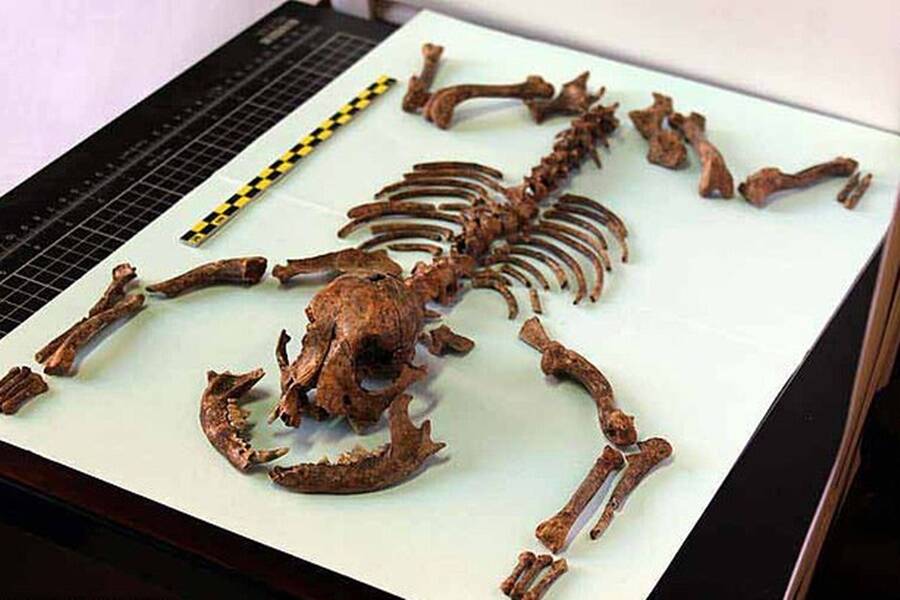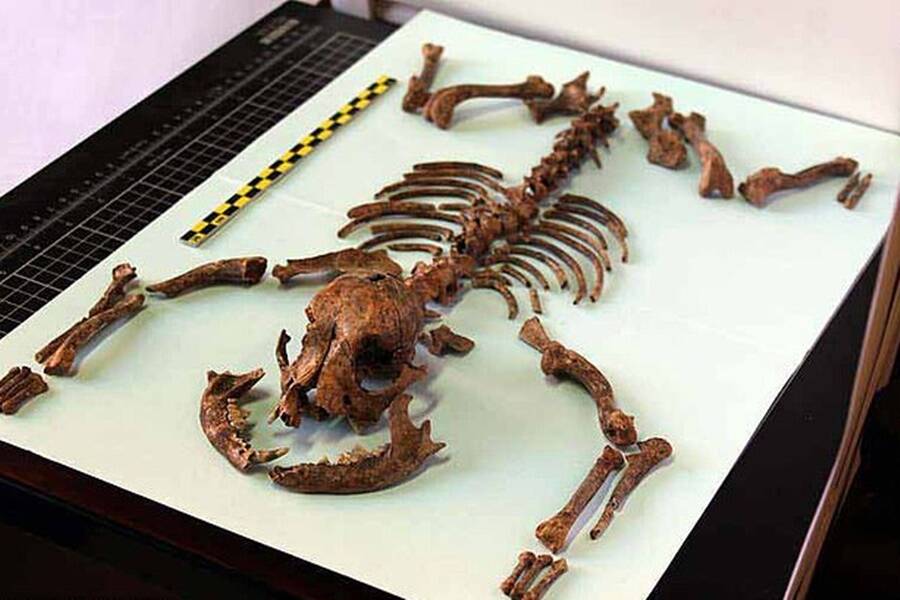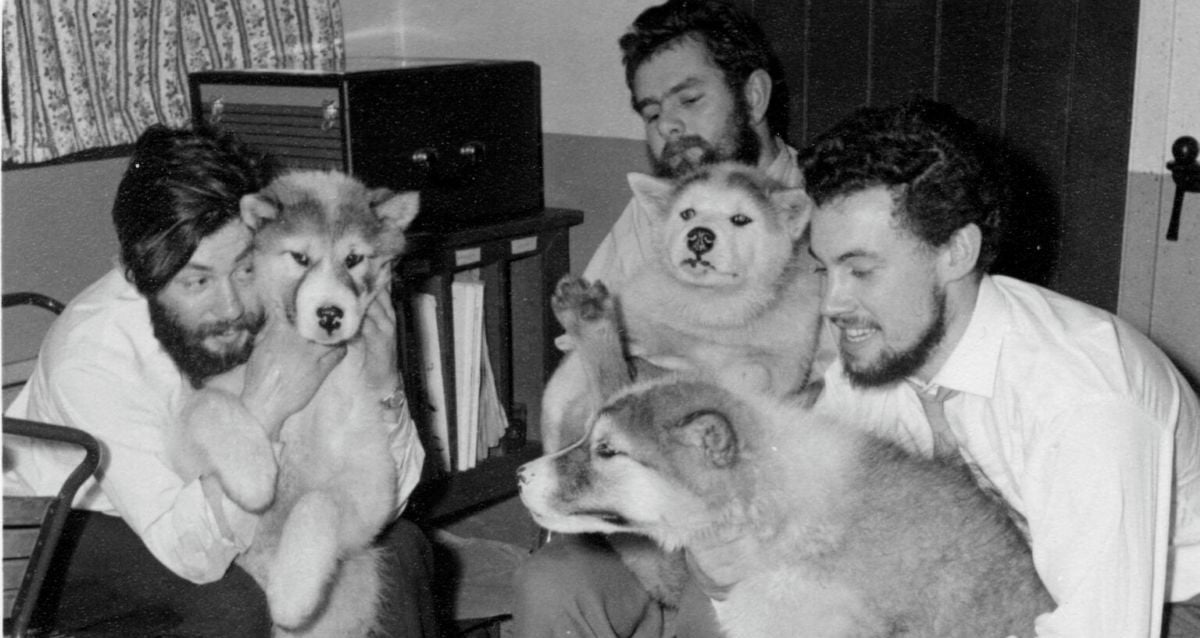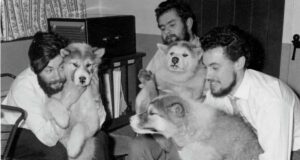“Unearthed Secrets: Did Ancient Romans Pamper Tiny ‘Toy Dogs’ as Beloved Companions Over 2,000 Years Ago?”
According to the Daily Mail, a team of Spanish researchers found that this small dog was only nine inches tall, possessed a flat nose and tiny limbs, and had reached adulthood at the time of its death.
Although researchers could not identify what the dog’s external appearance may have been — such as the color and texture of its fur — the small stature of its full-grown size and characteristics of its skeleton closely resemble that of the modern Pekingese and Chihuahua “toy” breeds.
Researchers believe that the canine remains are one of the oldest recognized cases of micromorphic or tiny dogs within the Roman Empire.

Martínez Sánchez et alFossils of the Roman dog reveal its tiny stature and a healthy diet similar to its owners.
Sadly, judging by the condition of its bones, the dog’s neck appears to have been deliberately snapped, possibly so it could be sacrificed following the sudden death of a family member. The remains of the dog were indeed found near a human burial site inside the old Roman cemetery of Llanos del Pretorio located in Spain.
Dogs of the Roman Empire were previously thought to be mainly used for practical purposes like hunting and guarding, but canine sacrifice was also a common practice in Greek and Roman rites. They believed this practice allowed them to pay tribute to the deities of the underworld and could postpone impending death.
However, some historical records suggest that dogs were treated as beloved pets among the Romans as well.
In his book Naturalis Historia, Pliny the Elder described how a lapdog could be used as an effective remedy for a woman experiencing stomach cramps if it was held closely against the body — kind of like how we soothe modern stomach aches with a heating pad.













